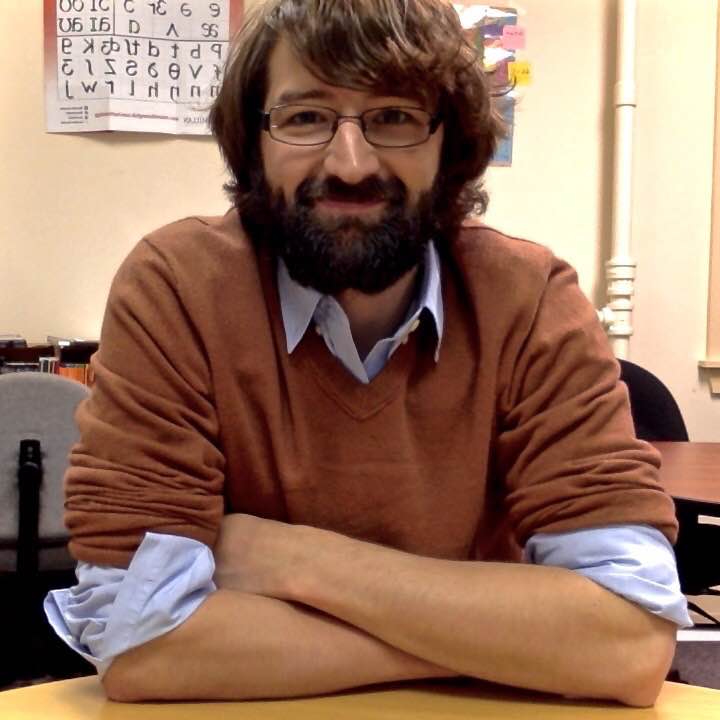Quick Tip: Tips for Advanced Academic Writers
by Valerie Sartor
Audience/Level: ESL staff and faculty
Fear constrains all writers, not just academic writers. The agony of having one’s work critiqued internally or by others causes great suffering for some.
My graduate students are bilingual and bicultural. In class, their points of view and life stories stimulate their American peers, but in print many feel timid. “We struggled so much to get admitted and we certainly do not want to make any extra errors writing in English,” one Ukrainian confessed.
Mini-Workshops for Academic Writing
Nonnative English speakers often spend so much time mastering the basic writing in the academic register that they forget writing is an art. Workshopping with specific aims in mind helps nonnative English learners to enjoy the writing process.
Sword (2009) categorizes good writing into three areas:
- Content and language
- The humanism of the author
- Reader engagement
In each category, she lists various attributes that can help writers, and here I emphasize nonnative English writers, to become more comfortable and sophisticated in their writing output.
Content and Language
Sword (2009) stresses the need for complex ideas to be expressed simply and clearly. To support this aim I hold a few condensed writers’ workshops in my classes. Students pair up and give each other “elevator speeches,” talking for 3 minutes each about their thesis and how they will organize their paper to defend it, and why it is relevant. I then ask the pairs to define any academic terms they will use, and to back the definitions by citing reputable sources.
Later we hold another mini-workshop. Students pair up again and cross check to see whether their writing is accessible, if it has clarity and structure, and whether it tells a story. Then they read each other’s drafts, looking for concrete nouns and active verbs, as opposed to jargon. They must also cite from interdisciplinary sources. To do this, my students contact several librarians: education, anthropology, and/or social sciences specialists. As you can imagine, their papers are often creative and unusual.
Humanizing the Author
I ask my writers to consciously try to develop their voices. In support, a few times during the semester we free write on a topic relevant to education—for example, refugees and the new administration. I ask them to take their voices and embed them into their academic work by employing any relevant, real life anecdotes, and even humor. This does not demean the quality of their work if the premise is grounded in scholarship; instead, it enhances the writing and engages the reader intellectually and emotionally. This is crucial, for Sword’s final category addresses reader response.
Gaining and Holding Reader Attention
To hold a reader’s attention, students try out creative and informative titles and subtitles. We have contests for the best hooks and the smoothest transitions. Students rewrite dry sentences and edit by brainstorming together for visual metaphors, numbers that shock, or quotes that pull at the reader’s senses.
Conclusion
None of Sword’s (2009) tactics are new. A journalist or fiction writer employs all these tactics. What is novel for my nonnative English speakers is the idea that writing academically can be beautiful and stylish. “No one ever taught us that,” a Saudi woman commented. “I was blind before. I thought writing was just like building something practical, or fixing a leaky sink. Now I want to be a word artist, not an engineer.”
Reference
Sword, H. (2009). Writing higher education differently: a manifesto on style. Studies in Higher Education, 34(3), 319–336.
Valerie Sartor, PhD, is the TESOL specialist and assistant professor at the University of Akron, in Akron, Ohio, USA. From 2014–2015 she was the Fulbright Global TEFL Scholar in Russia.
TESOL Blogs
Interested in writing a blog for TESOL?
Read the submission guidelines and send us your post!
Check out a few of the most popular TESOL Blogs from the past year:
|
Pull-Out vs Push-In ESL Programs in Elementary Schools, by Judie Haynes
 After lively discussions on the NJTESOL/NJBE member hotlist and during a Twitter #ELLCHAT, I realized that pull-out ESL vs. having ESL teachers push-in to the general education classroom is still a hot-button issue for practitioners in the field. I invited Monica Schnee, an ESL practitioner in River Edge, a K–6 district in New Jersey, to write a guest blog on this issue. Monica has gone from teaching exclusively using a pull-out ESL model to mostly coteaching, and I feel that she sees the benefits of each model. Her ESL program is a NJ model program benefiting all students and practitioners. Read more. After lively discussions on the NJTESOL/NJBE member hotlist and during a Twitter #ELLCHAT, I realized that pull-out ESL vs. having ESL teachers push-in to the general education classroom is still a hot-button issue for practitioners in the field. I invited Monica Schnee, an ESL practitioner in River Edge, a K–6 district in New Jersey, to write a guest blog on this issue. Monica has gone from teaching exclusively using a pull-out ESL model to mostly coteaching, and I feel that she sees the benefits of each model. Her ESL program is a NJ model program benefiting all students and practitioners. Read more.
|
|
Role-Playing the Present Perfect: A Speaking Activity, by Alexandra Lowe
 In a recent post, I described having my students “eavesdrop” on how the present perfect tense is actually used in the world they live in: at work, on TV, on the Internet, and by their children as they speak English with their friends. As promised, here is one of the activities I have used successfully in intermediate-level classes to put what my students discovered into practice. Read more. In a recent post, I described having my students “eavesdrop” on how the present perfect tense is actually used in the world they live in: at work, on TV, on the Internet, and by their children as they speak English with their friends. As promised, here is one of the activities I have used successfully in intermediate-level classes to put what my students discovered into practice. Read more.
|
|
Fluency and Accuracy Activities: Striking a Balance, by Robert Sheppard
 In everyday usage, fluent is often used interchangeably with proficient, as in, He’s pretty fluent in Arabic. But in language teaching, fluency is a bit more technical and just one component of language proficiency, often discussed in tandem with accuracy: Some learners speak very fluently, but their speech may be riddled with errors. Conversely, some learners speak haltingly but with a great deal of accuracy. Read more. In everyday usage, fluent is often used interchangeably with proficient, as in, He’s pretty fluent in Arabic. But in language teaching, fluency is a bit more technical and just one component of language proficiency, often discussed in tandem with accuracy: Some learners speak very fluently, but their speech may be riddled with errors. Conversely, some learners speak haltingly but with a great deal of accuracy. Read more.
|